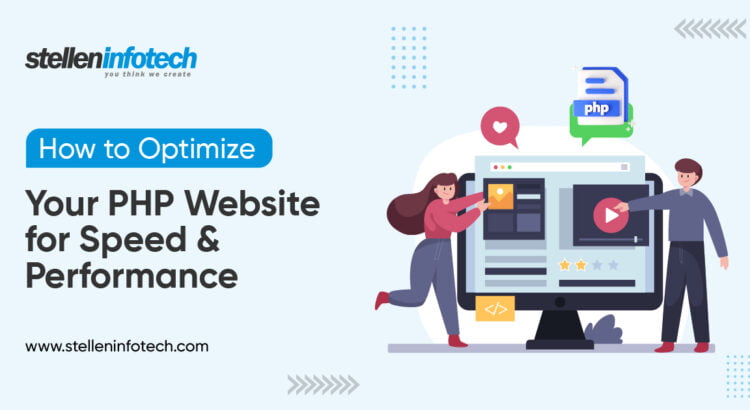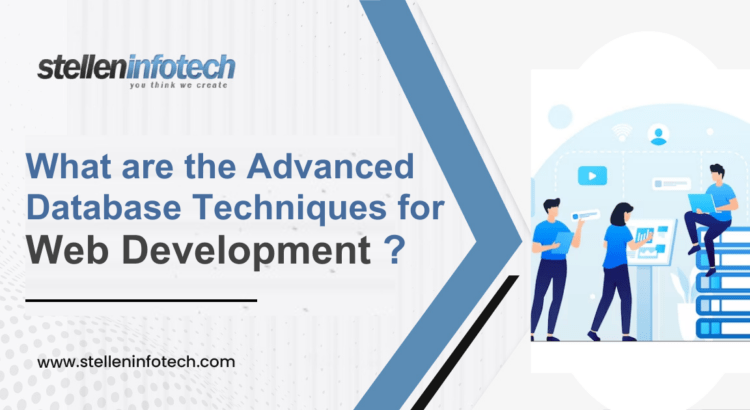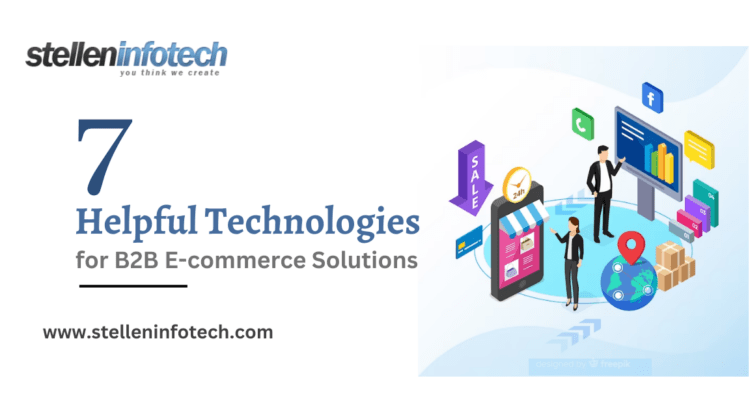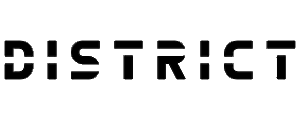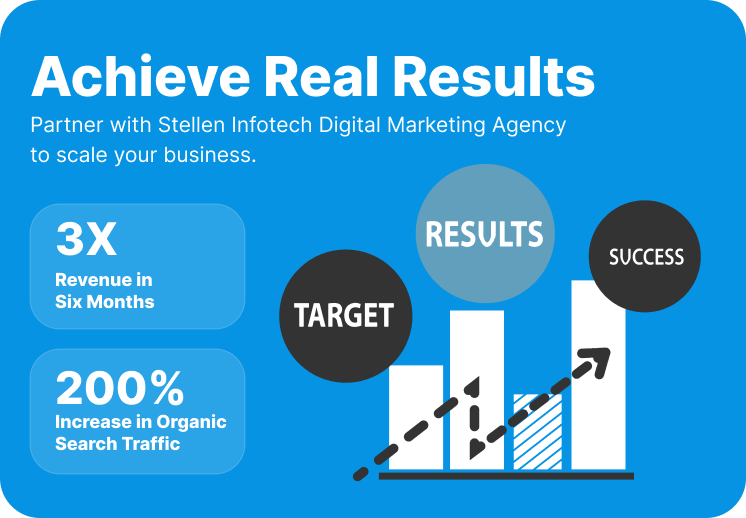A majority of industries have become heavily dependent on the Internet today. Due to the advancements in technology, it has become essentially important for businesses to stand out to achieve growth and success. To allow the customers to explore services and recognize the brand while interacting with products and services a strong online presence is crucial. However, to achieve that, companies need to build an engaging brand value. Such an attractive presence is extended by the significant contribution of custom web applications. Web Application Development Services play a major role in deploying and developing these custom applications for various businesses according to their requirements.
These applications are not only revolutionizing industries and fueling their growth but also empowering e-commerce leaders in particular. This is propelling businesses across the globe among various sectors to new levels of success.
This blog post focuses mainly on the benefits and ways in which custom web applications can thrive your business. Hence, by cultivating the power of custom web applications you can effectively gain a new edge for your business in the competitive market.
Benefits of Using Custom Web Applications:
Plenty of advantages are offered by custom web applications to various businesses and enterprises. Without any further delay, let’s begin exploring these aspects in the section below.
Tailored Solutions to Meet Specific Business Needs:
With the advantage of being designed and developed from scratch, custom web applications meet the unique requirements, workflows, and goals of businesses. These customized applications align perfectly with the organization’s processes.
Investing in these applications yields several benefits, including improved efficiency, streamlined workflows, and enhanced user experience. Additionally, businesses can gain a competitive edge by embracing and leveraging these technological solutions.
Scalability & Flexibility:
These applications are designed to easily accommodate the growing needs of a business, rather than being overwhelmed by increased user demands. With the seamless expansion, businesses have the flexibility to adapt and modify functionalities as required with the help of these apps.
However, it requires the application to align with the evolving requirements. Custom web application development enables enterprises to stay on top of the latest trends and advancements by effectively responding to market changes. Hence, businesses become capable of optimizing their operations for long-term success.
Seamless Integration & Compatibility:
By integrating with other tools and software, businesses can achieve a unified and synchronized workflow. Custom web applications eradicate the need for manual data transfer thus streamlining business processes and enhancing overall efficiency.
This, in turn, contributes to increased productivity, reduced errors, and finally improved decision-making capabilities.
Enhanced Data Security:
By employing custom web applications, businesses can safeguard their valuable information while simultaneously adhering to regulatory requirements. These applications tend to stay ahead of potential threats as they are updated from time to time.
Moreover, organizations allow controlled access to information to prevent any breaches.
Competitive Edge:
With Web application development, businesses can optimize their operations along with improved productivity to stay ahead of the competition. These applications involve unique features, functionalities, and user experiences that set them apart in the market.
Cost-effectiveness:
Developing a mobile application is more costly and time-consuming. Since web applications require only one version to work across an operating system, it is considered to be more cost-effective. Custom Web development services allow you to implement tailored software while optimizing your budgetary resources.
Streamlined Collaboration:
Businesses can enhance efficiency and encourage teamwork by enabling real-time collaboration. This can be made possible with the help of custom web apps ensuring data consistency across users.
Providing a unified workspace can lead to improved productivity enabling multiple users to work efficiently on the same dataset concurrently. Thus, a custom web application constitutes a centralized platform promoting partnership among users. Additionally, it enables seamless sharing as well as updating of data.
Improved efficiency and productivity:
Web application development helps in simplifying your business. You will not have to worry about human errors, scattered spreadsheets, and cluttered business reviews. Saving all the data onto one single platform will improve efficiency and save an abundance of time. Hence, enhancing the overall productivity of your employees as well as the organization.
Personalized user experience and customer satisfaction:
From the perspective of resonating with the target audience, businesses must create tailored experiences. This can be achieved by understanding individual customer needs and preferences and designing adaptive user interfaces.
Enterprises can develop stronger customer relationships and increase engagement by emphasizing personalization. Custom Web development services result in increased customer satisfaction and loyalty.
Conclusion:
Summing up, custom web applications offer numerous benefits for businesses. These include improved customer engagement, personalized user experiences, and enhanced data security among other distinguishing features. Additionally, Web application development services prioritize data security via reduced vulnerabilities and compliance with regulations. This further helps in instilling trust in customers.
So, what are you waiting for? Hire a web application development professional and take your business to the next level in a short span of time now.

